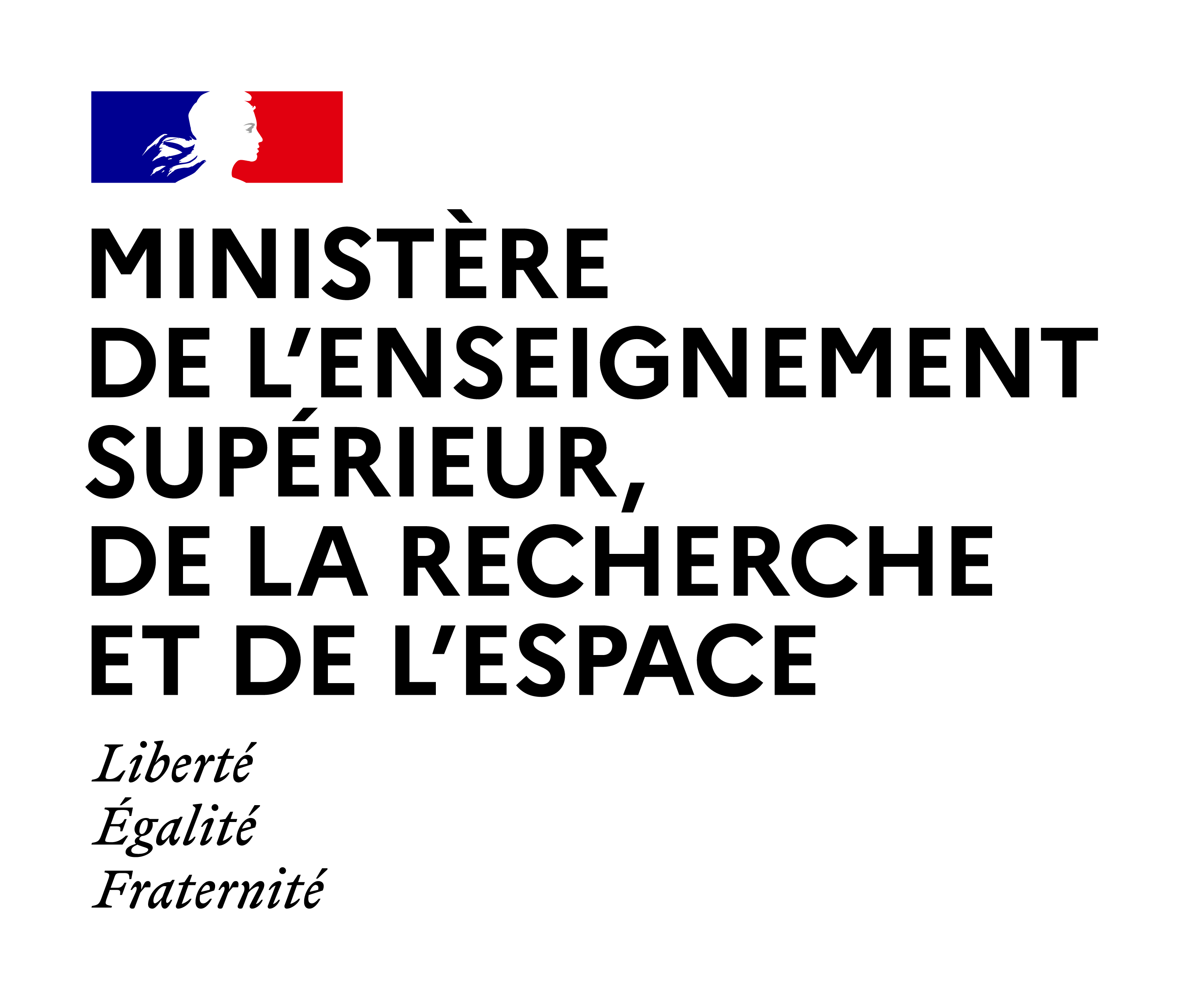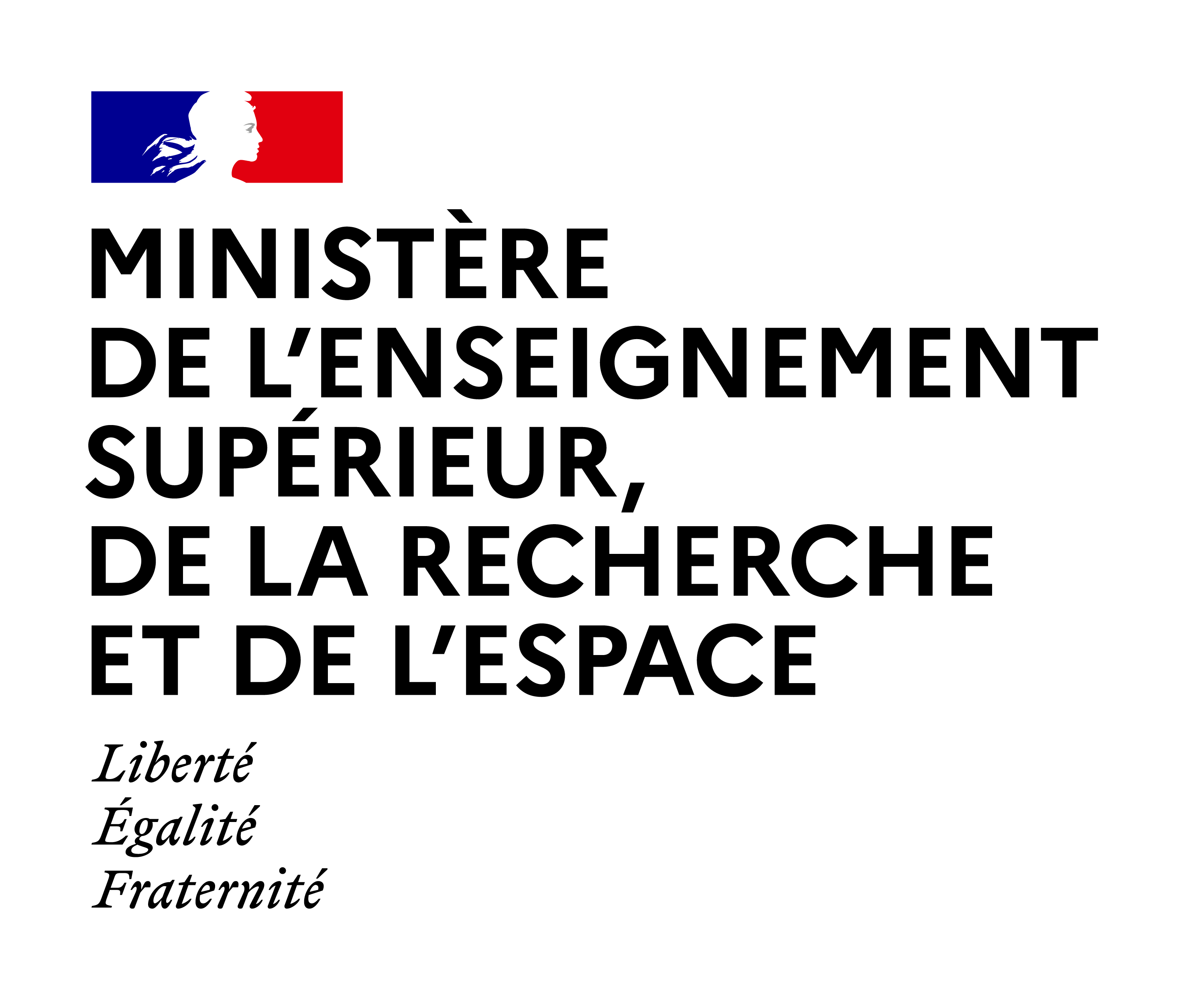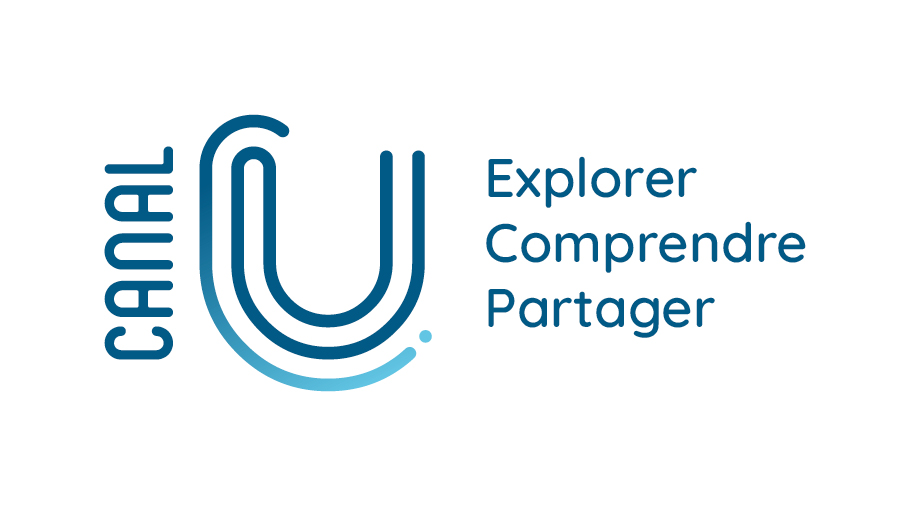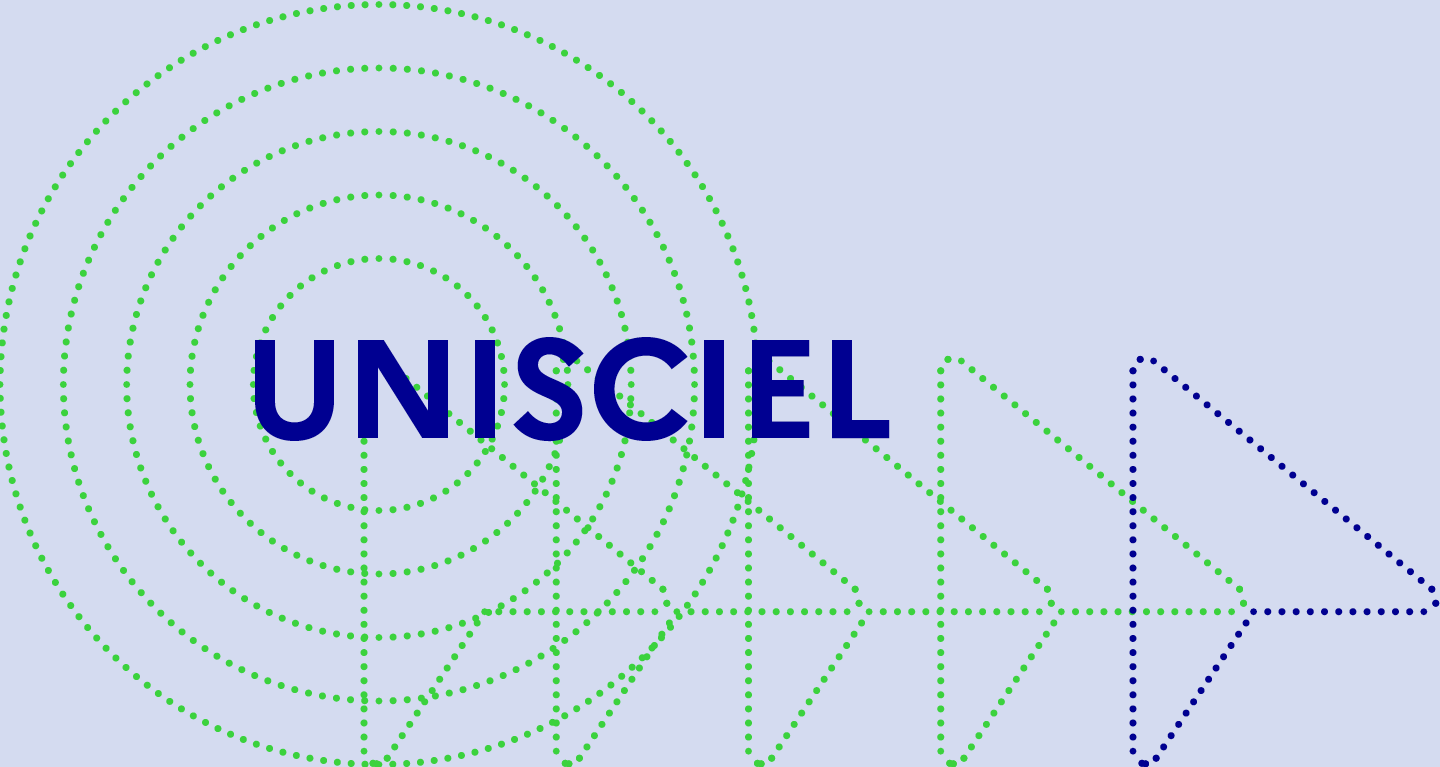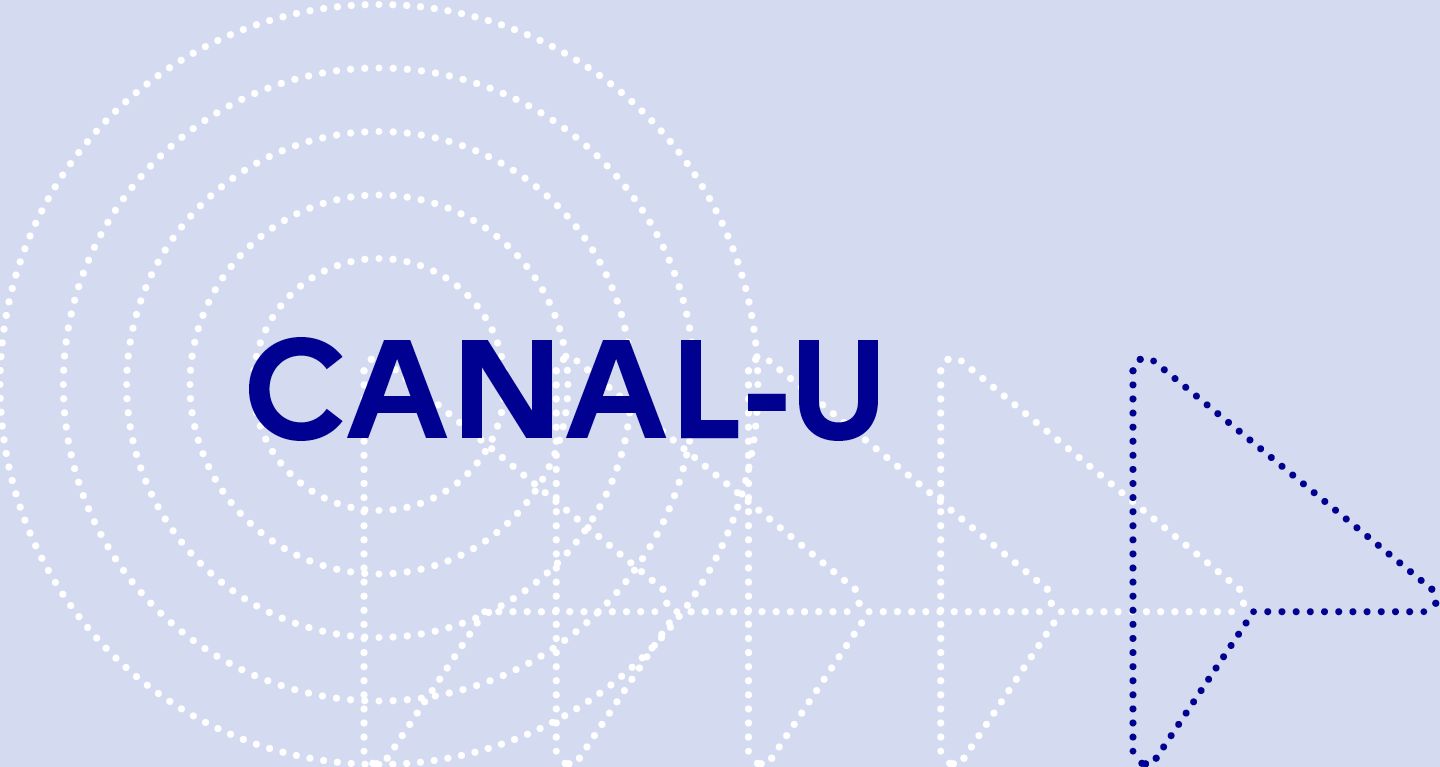
Sommaire
Number-theoretic methods in quantum computing
Date de création :
28.04.2016Auteur(s) :
Peter SELINGERPrésentation
Informations pratiques
Droits réservés à l'éditeur et aux auteurs.
Description de la ressource
Résumé
An important problem in quantum computing is the so-called approximate synthesis problem: to find a quantum circuit, preferably as short as possible, that approximates a given unitary operator up to given epsilon. Moreover, the solution should be computed by an efficient algorithm. For nearly two decades, the standard solution to this problem was the Solovay-Kitaev algorithm, which is based on geometric ideas. This algorithm produces circuits of size O(log^c(1/epsilon)), where c is approximately 3.97. It was a long-standing open problem whether this exponent c could be reduced to 1. In this talk, I will report on a number-theoretic algorithm that achieves circuit size O(log(1/epsilon)) in the case of the so-called Clifford+T gate set, thereby answering the above question positively. In case the operator to be approximated is diagonal, the algorithm satisfies an even stronger property: it computes the optimal solution to the given approximation problem. The algorithm also generalizes to certain other gate sets arising from number-theoretic unitary groups. This is joint work with Neil J. Ross.
"Domaine(s)" et indice(s) Dewey
- Algèbre et théorie des nombres (512)
- quantum computing (006.3843)
Domaine(s)
- Algèbre
- Algèbre
- Algèbre
- Informatique
Intervenants, édition et diffusion
Intervenants
Édition
- Région PACA
- INRIA (Institut national de recherche en informatique et automatique)
Diffusion
Document(s) annexe(s)
Fiche technique
- LOMv1.0
- LOMFRv1.0
- Voir la fiche XML
